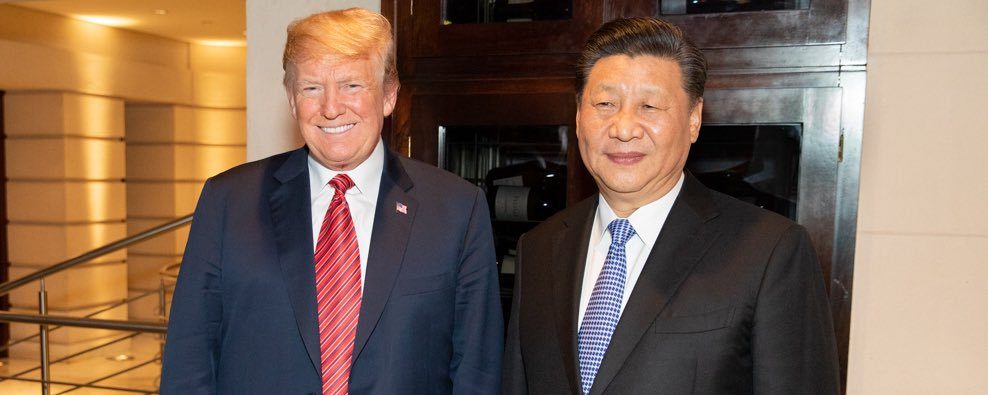In his mid-July speech, Secretary of State Mike Pompeo called for an end to “the old paradigm of blind engagement” characterizing U.S. China policy for the last five decades. Pompeo’s speech reflected the increasingly combative language between the U.S. and China, fanning fears of a new Cold War.
Given the interconnectedness of the two economies, it is clear that such a competition would look quite different from its 20th century counterpart. However, as tensions rise, more facets of the international system meant to bind the world together are likely to become new arenas for great power competition.
Among the most consequential of these new battlegrounds are the supply chains that underpin the world economy. These complex and globe-spanning networks spread the production of goods across numerous countries, including many that are critical to U.S. national security. But what does great power competition in supply chains mean, and how can the U.S. compete?
Decades of globalization rewarded greater specialization amongst countries, eliminating redundancies and leading to more concentrated production. Streamlined supply chains allowed companies to maximize productivity. However, the hyper-efficiency of global supply chains and a greater reliance on sole-source manufacturing also undermined their resilience, leaving them highly vulnerable to disruption.
These economic developments greatly benefited China. The pursuit of cheap labor and access to its market allowed China to gain market control over wide-ranging industries. Yet, beyond these market forces, China has also used development and economic policy, such as Made in China 2025, to entrench these shifts and achieve dominance in industries seen as critical to its economic and national security — often at the expense of western firms. Programs such as the Belt and Road Initiative further aim to secure access to new markets and global influence.
While the U.S. has slowly reoriented its geopolitical outlook and revived its concern of great power competition, China has long viewed the U.S. as a strategic rival.
China’s successes — especially in pharmaceutical production and rare earth element processing — have left the U.S. highly dependent and vulnerable to disruptions in these supply chains. As the pandemic has shown, the shift of PPE, ventilator, and pharmaceutical production to China has left the U.S. unable to quickly ramp up production in response to hospital shortages of these critical materials. Similarly, many of our advanced defense and technology systems remain completely dependent on rare earth element imports from China.
Many have used this moment to call for America to bring production home to protect us from future disruptions. Others have declared this as the catalyst for decoupling U.S. supply chains from China. Democratic presidential candidate Joe Biden released a campaign document outlining his plan to onshore key areas of production with massive government contracts, while President Trump has long threatened and used economic policy to pressure companies.
Despite this rhetoric, powerful economic forces, entrenched relationships, and concentrated manufacturing and skill bases make basic trade relations difficult to shift. Interconnected supply chains further serve as a shared infrastructure that promotes stability based on common economic interests. They have also provided tremendous growth for the global economy and have helped lift millions out of poverty. Benefits that we should not undo.
Blind protectionist policies cannot bring home every American factory, nor can they secure our supply chains against renewed great power competition. However, the U.S. can use its resources to encourage more reliability, diversity, and resilience in the supply chains critical to our national security. This will ensure that America does not face disruptions to these strategic goods in the future, whether from a global pandemic or escalating geopolitical tensions.
To achieve this, the U.S. must take action to address near term vulnerabilities. However, it must also use a concerted, long-term approach in its investment decisions to take a strategic outlook that involves both domestic and international partners to rebalance and diversify our supply chains. To prioritize resources, a risk analysis approach to America’s supply chains can help inform policymakers in these decisions.
National security threats have spurred U.S. agencies to overhaul global trade risk management practices before. Following 9/11, border agencies increased cooperation with international partners and adjusted their assessment of supply chains based on the risk of terrorism. To prepare for and mitigate the supply chain vulnerabilities that could emerge from great power competition, the U.S. must again adjust its assessments of supply chains for this new global trade paradigm.
This op-ed was originally published in The Hill.



